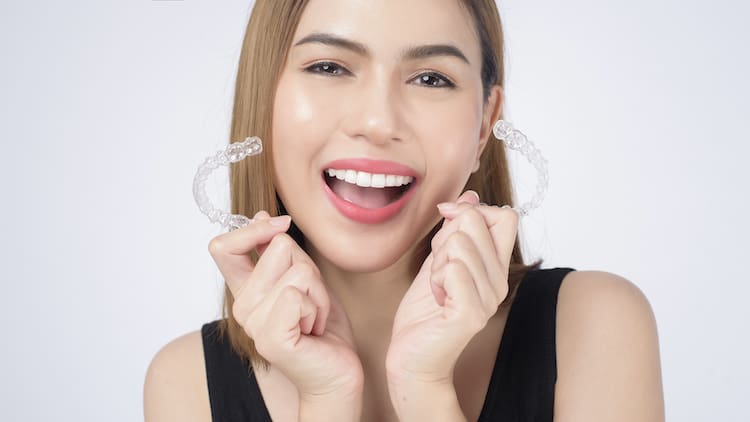Orthodontic treatment has undergone significant advancements over the years. Braces remain a popular choice for correcting dental issues. They offer effective solutions for misaligned teeth and bite problems. Understanding the different types of braces can help you make informed decisions about your orthodontic care. Each type of braces has unique features and benefits that cater to specific needs and preferences.
Metal Braces
Metal braces are the most traditional and common type of braces available. They consist of high-grade stainless steel brackets and wires. Orthodontists attach the brackets to the front of the teeth using a special adhesive. Wires connect these brackets, applying continuous pressure that gradually moves the teeth into the desired position. Despite their longstanding presence, metal braces have evolved significantly in terms of design and comfort. Modern versions are smaller, more comfortable, and less obtrusive than their predecessors. This makes them a viable option for patients of all ages.
Metal braces are known for their durability and effectiveness. They are particularly suitable for addressing complex dental issues, such as severe overcrowding, significant gaps, and complex bite problems. Orthodontists can make precise adjustments to the wires, ensuring optimal results. One of the appealing features of metal braces is the ability to customize them with colored elastic bands. This feature is especially popular among younger patients, allowing them to express their personality and style. Despite their visibility, metal braces remain a reliable and cost-effective option for many patients.
Ceramic Braces
Ceramic braces function similarly to metal braces but offer a more aesthetic alternative. They use brackets made from clear or tooth-colored ceramic material. This makes them less noticeable than traditional metal braces. The wires used in ceramic braces can also be tooth-colored, further enhancing their discreet appearance. Ceramic braces are popular among adults and teens who are concerned about the visibility of their orthodontic treatment.
While ceramic braces offer aesthetic advantages, they require diligent oral hygiene. The ceramic material can stain if not properly cared for, especially with the consumption of certain foods and beverages. Patients should avoid foods that can cause staining, such as coffee, tea, and red wine. Additionally, ceramic braces are slightly more fragile than metal braces. Patients should be cautious with hard or sticky foods to prevent damage. Despite these considerations, ceramic braces provide an effective and discreet solution for many orthodontic patients.
Lingual Braces
Lingual braces offer a unique approach to orthodontic treatment. Orthodontists place these braces on the lingual, or tongue side, of the teeth. This placement makes them invisible from the outside, providing a completely hidden solution. Lingual braces use metal brackets and wires, similar to traditional braces. They function by applying pressure to the teeth, gradually moving them into the correct position.
Lingual braces require specialized training for orthodontists, as their placement and adjustments differ from traditional braces. They may cause initial discomfort, as the brackets are in close proximity to the tongue. Speech may be temporarily affected, but most patients adapt over time. Lingual braces may suit patients seeking a discreet treatment option without compromising effectiveness. They are particularly appealing to adults who wish to maintain a professional appearance during treatment.
Clear Aligners
Clear aligners have gained significant popularity in recent years as an alternative to traditional braces. Treatment uses a series of clear, removable aligners to move teeth into their desired positions. Patients receive a series of custom-made aligners, each designed to make slight adjustments to the tooth position. They wear each set for about two weeks before moving on to the next set in the series.
One of the main advantages of aligners are their removability. Patients can take the aligners out for eating, drinking, and oral hygiene. This allows for easy cleaning and eliminates dietary restrictions, making it a convenient option for many. Clear aligners may suit mild to moderate dental issues, such as minor crowding or spacing. They requires discipline, as patients must wear the aligners for 20-22 hours daily to achieve optimal results.
Choosing the Right Type
Choosing the right type of braces depends on several factors, including the severity of your dental issues, lifestyle, and personal preferences. Discussing your options with your orthodontist is crucial, as they can recommend the best treatment for your specific needs. Cost may also influence your decision, as insurance coverage varies for different types of braces.
At Garlington Ortho, we offer a wide range of orthodontic solutions to meet the diverse needs of our patients. Our experienced team is dedicated to helping you choose the right type of braces for your individual situation. We provide personalized care and support throughout your treatment journey. Visit us today to explore your options and take the first step toward achieving a healthy and beautiful smile.

